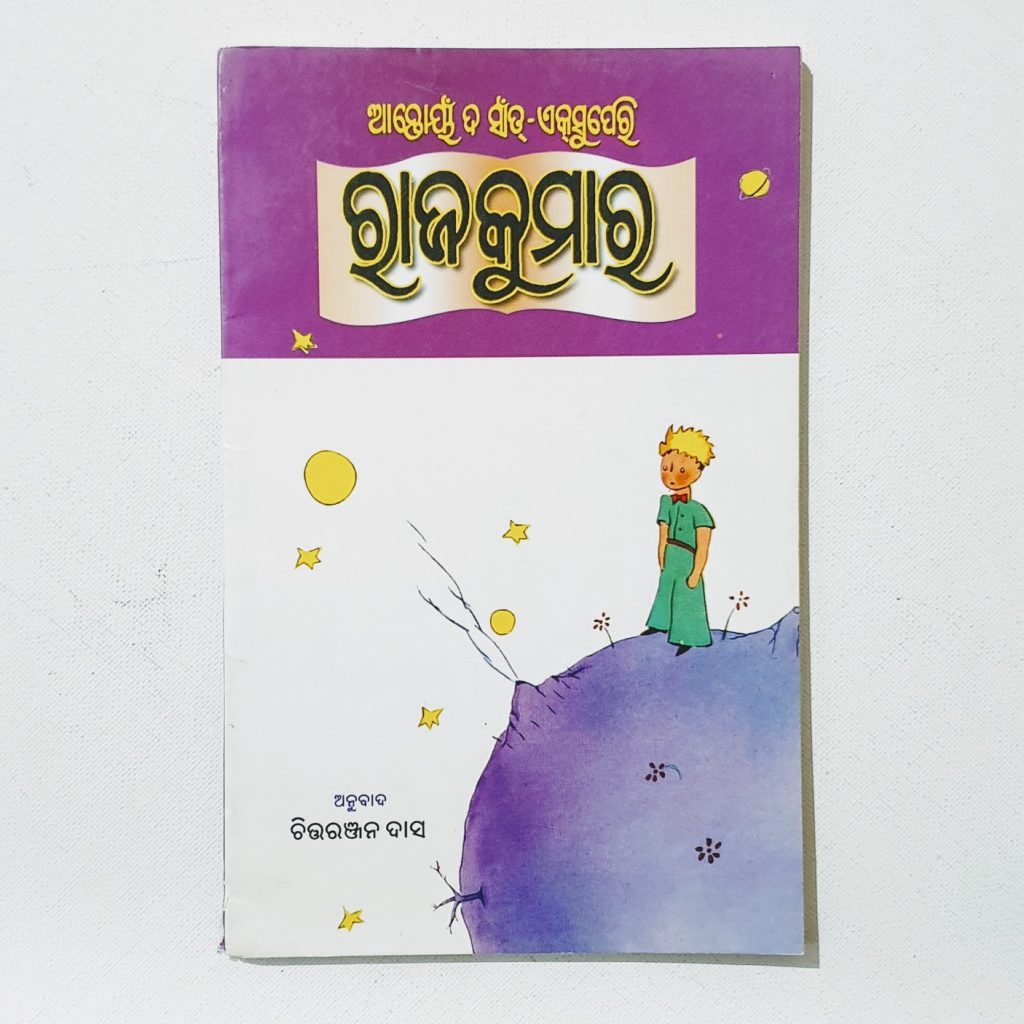
ରାଜକୁମାର (Rajkumar) — in Odia.
The Odia language, formerly known as Oriya, is an Indo-Aryan language predominantly spoken in the Indian state of Odisha, where it is the official language. It is also spoken in parts of West Bengal, Jharkhand, Chhattisgarh, and Andhra Pradesh. Odia is one of the six classical languages of India, recognized for its long literary history and rich cultural heritage.
Odia has a history that spans over 1,500 years, with its earliest written evidence dating back to the 10th century CE. It evolved from Prakrit and shares historical roots with other Indo-Aryan languages like Bengali and Assamese. Throughout its history, Odia has maintained a distinct linguistic identity, developing its own script and literary tradition.
Odia is written in the Odia script, which is part of the Brahmic family of scripts. It is characterized by its rounded shapes, attributed to the practice of writing on palm leaves, which would split if straight lines were drawn.
Odia grammar is similar to that of other Indo-Aryan languages, featuring a subject-object-verb (SOV) word order. It inflects nouns for case, gender, and number, and verbs are conjugated for tense, mood, and aspect.
In 2014, Odia was granted the status of a classical language by the Government of India, acknowledging its rich literary heritage and long history. This status is reserved for languages that have a unique and original literary tradition, which is not borrowed from another speech community.


